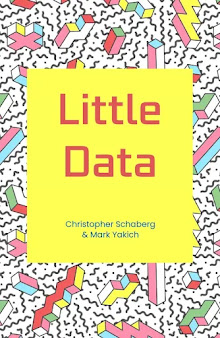I reviewed Chris Dombrowski's moving new book The River You Touch for The FlyFish Journal. This book got me thinking again about the curious genre of creative nonfiction. It is a really interesting if sometimes frustrating category of literature: a third option of sorts, somewhere between memoir or straight nonfiction, on the one side, and fiction or poetry, on the other. Not entirely made-up, but neither presented as totally true. You can't run the data on it. It's a galling designation, in a way, because it lets the author skirt and slip away from standards and measures for how a narrative should work, or how truth might be told or reality reflected. Yet it is these slippery aspects that make the genre (or non-genre, really) so fascinating and worthy of study—as well as experimentation.
I remember talking about creative nonfiction a lot when I taught my David Foster Wallace seminars, what seems like a lifetime ago. And my own books have drifted into this realm, as I've blurred cultural criticism with storytelling and playing with form. (One of the reasons I enjoy editing Object Lessons so much is that I love thinking about each book's form, and helping authors rethink how to shape their manuscripts—sometimes it's subtle things, other times it's a dramatic shift or alternative structure.)
I am teaching a creative nonfiction workshop at Loyola this spring, and am eager to see what my students do with it. Are there new roles for this kind of writing, after post-truth and in the midst of a slogging pandemic with its whorl of science fact and speculative fictions? What will my students write, how will they write into this streaming data-driven world? Is this a mode of writing to embrace, or to be wary of? Is it a cop-out, or an escape route? I am here for it.














